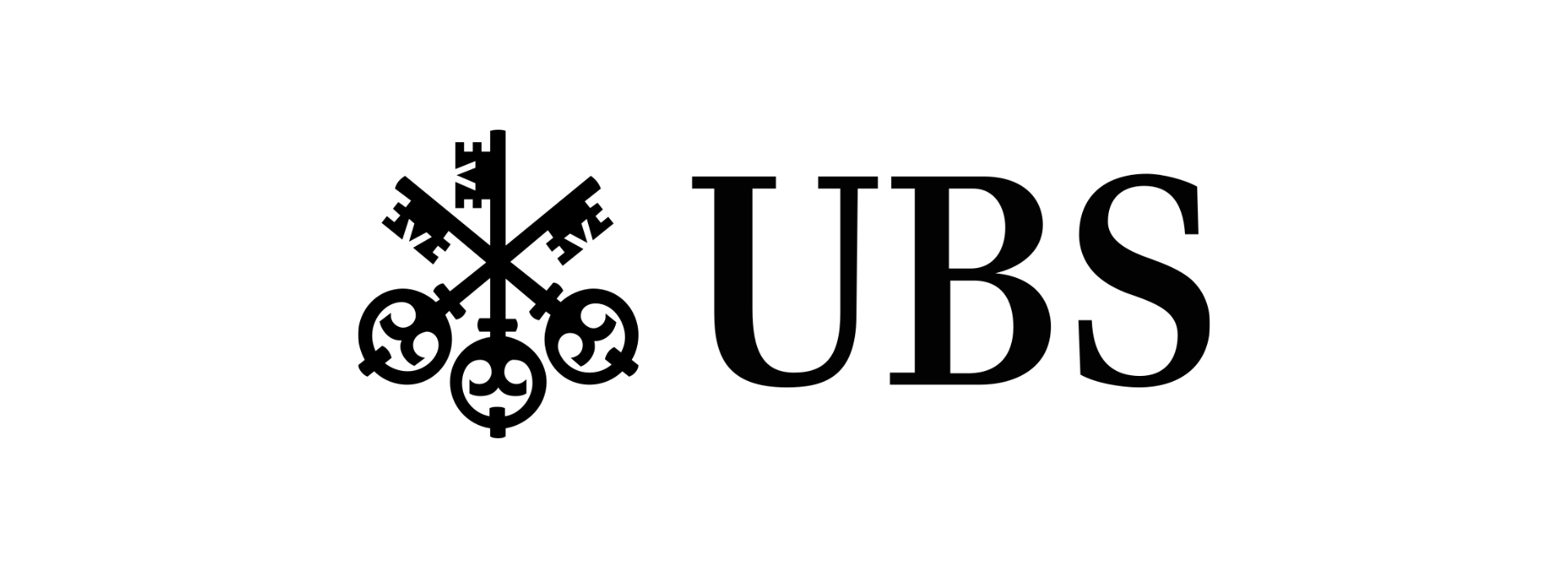The Hidden Cézanne
From Sketchbook to Canvas
The Kupferstichkabinett of the Kunstmuseum Basel possesses the most comprehensive and significant collection of drawings by Paul Cézanne (1839–1906), with a total of 154 sheets. These provide the foundation for an extensive exhibition of more than 200 works that thematize the importance of drawing in the entirety of Cézanne's oeuvre, from the sketches and studies, to the water colours and the paintings.
As early as 1934 and 1935, the Kunstmuseum Basel had already acquired two large lots of drawings from the estate of Paul Cézanne through the Swiss art dealer Wener Feuz. The purchase was made with the help of private donations, most notably from the collectors Martha and Robert von Hirsch. With this acquisition, the Kunstmuseum Basel became the first institution to recognize the significance of Cézanne's graphic oeuvre – which was largely unknown at the time – thus preventing the further dispersal of the sketchbook sheets.
In contrast to his watercolours and paintings, Cézanne's drawings were rarely exhibited due to their fragility and, surprisingly, they have been little studied. 111 sheets from the collection of the Basel Kupferstichkabinett came from five different dismantled sketchbooks, which have now been reconstructed as completely as possible. In the exhibition The Hidden Cézanne, these sketchbooks have been reunited with missing sheets from other collections and supplemented with watercolours and paintings from the museum's own holdings as well as loans from other public and private collections.
As the starting point and core of the artistic process, the sketchbook pages turn out to be a particularly fruitful aspect of Cézanne's production to examine, for they give us a peek over the artist's shoulder and offer a direct encounter with his daily artistic practice. The sketches and studies show which works the artist copied at the Louvre and reveal that he made portrait studies in the studio, studied trees in Provence, and drew his son and his wife at home. While he explored a variety of pictorial themes in his early work, later on he limited himself to a few motifs such as stil lifes, landscapes, bathers, and portraits.
The small sketchbooks provide an intimate view because they were never intended for a public audience. They document an unconstrained process of searching and experimentation. Away from the public eye, Cézanne used the sketchbooks to question the role of drawing by disregarding traditional rules and avoiding conventions. Entire series of studies from nature and copies after old masters from antiquity to Eugène Delacroix demonstrate how the repeated engagement with a certain motif allowed Cézanne to repeatedly develop new options of representation.
In his watercolors, Cézanne conceived of the relationship between line and color in a completely new way. Frequently, the drawing is not simply prepartory. Rather, after applying the watercolor, Cézanne works the sheet over with graphite, so that line and colour engage each other in a lively interplay. In other watercolours, in contrast, Cézanne completely forgoes using graphite and instead draws the lines with a fine brush. Here too, the exhibition The Hidden Cézanne shows how little the painter cared about convention, and thus allows a fascinating and novel perspective on a well-known body of work.
The Kunstmuseum Basel's holdings are supplemented by 53 high-quality works on loan, including paintings and watercolors from prominent European and American private collections and museums, among them: Fondation Beyeler (Riehen/Basel), Kunsthalle Bremen, The Art Institute of Chicago, Staatliche Graphische Sammlung München, The Metropolitan Museum of Art (New York), The Museum of Modern Art (New York), Musée d’Orsay (Paris), Princeton University Art Museum, Museum Boijmans Van Beuningen (Rotterdam), Grafische Sammlung Albertina (Vienna), and Kunsthaus Zürich.
The exhibition is accompanied by a catalog published by Prestel Verlag with contributions by Oskar Bätschmann, Anita Haldemann, Henrike Hans, Fabienne Ruppen, Annegret Seger, Richard Shiff and Matthew Simms, as well as illustrations of the works presented in the exhibition.
The exhibition is held under the auspices of the French embassy to Switzerland.
The exhibition is supported by:
- Art Mentor Foundation Lucerne
- Sulger-Stiftung
- L. + Th. La Roche-Stiftung
- Trafina Privatbank AG
- IWB
- Isaac Dreyfus-Bernheim Stiftung
- Stiftung für das Kunstmuseum Basel


